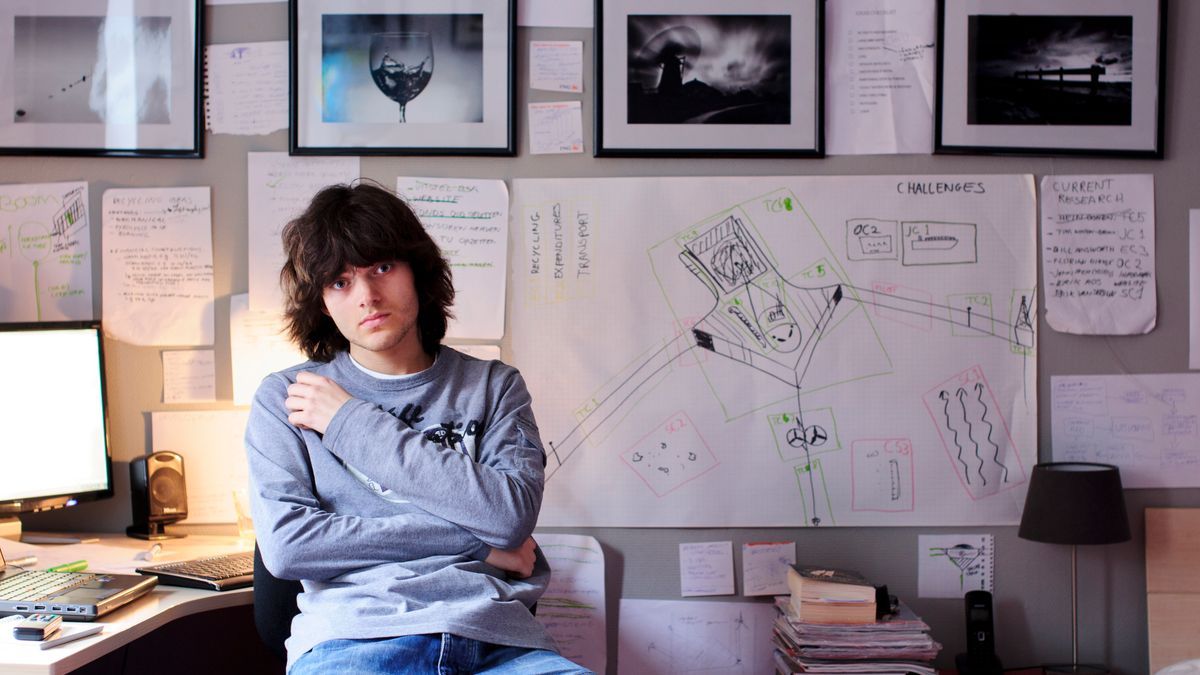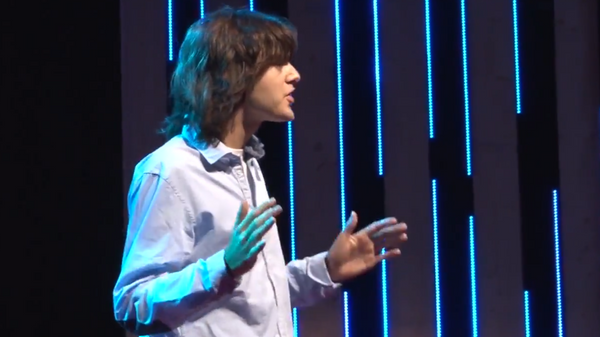
HOW IT ALL BEGAN
It all started when then 16-year-old Boyan Slat was scuba diving in Greece and was surprised to see more plastic than fish. What surprised him even more, after digging deeper into the plastic pollution problem, was no one had made serious attempts to combat this issue. The question “Why don’t we just clean it up?” lingered in his mind, and led him to devote his high school science project to understanding the problem, as well as researching why a cleanup was considered impossible.
It quickly became clear that a cleanup using vessels and nets would take thousands of years, cost tens of billions of dollars, be harmful to sea life and lead to large amounts of carbon emissions.
There are 5 major plastic accumulation zones in the world where ocean currents converge. These accumulation zones are commonly called “garbage patches”. The vast majority of ocean plastic will not go away by itself but instead slowly break down into microplastics. After a year of experimenting with ideas and simple tests, Boyan came up with the idea to develop a passive concentration system. He envisioned to use the ocean currents to his advantage, and let them be the driving force behind catching and concentrating the plastic. Instead of going after the plastic, you could let the plastic come to you.
After graduating high school, he was invited to present his initial idea at a TEDx conference in 2012:

Initially, his idea did not gain traction. Boyan had just started studying Aerospace Engineering at TU Delft but continued working out his concept in parallel. After 6 months, he decided to quit his studies and founded The Ocean Cleanup, with just 300 euros of savings as a starting capital.
Then one night in March 2013, things changed. The TEDx video was picked up by several news sites, from which it spread to hundreds of thousands of people. The idea went viral. In a matter of days, it allowed The Ocean Cleanup to recruit an initial team, as well as raise the first USD 90,000 using crowdfunding. And so, The Ocean Cleanup project took off.
Read more about what has happened since on our milestones page.